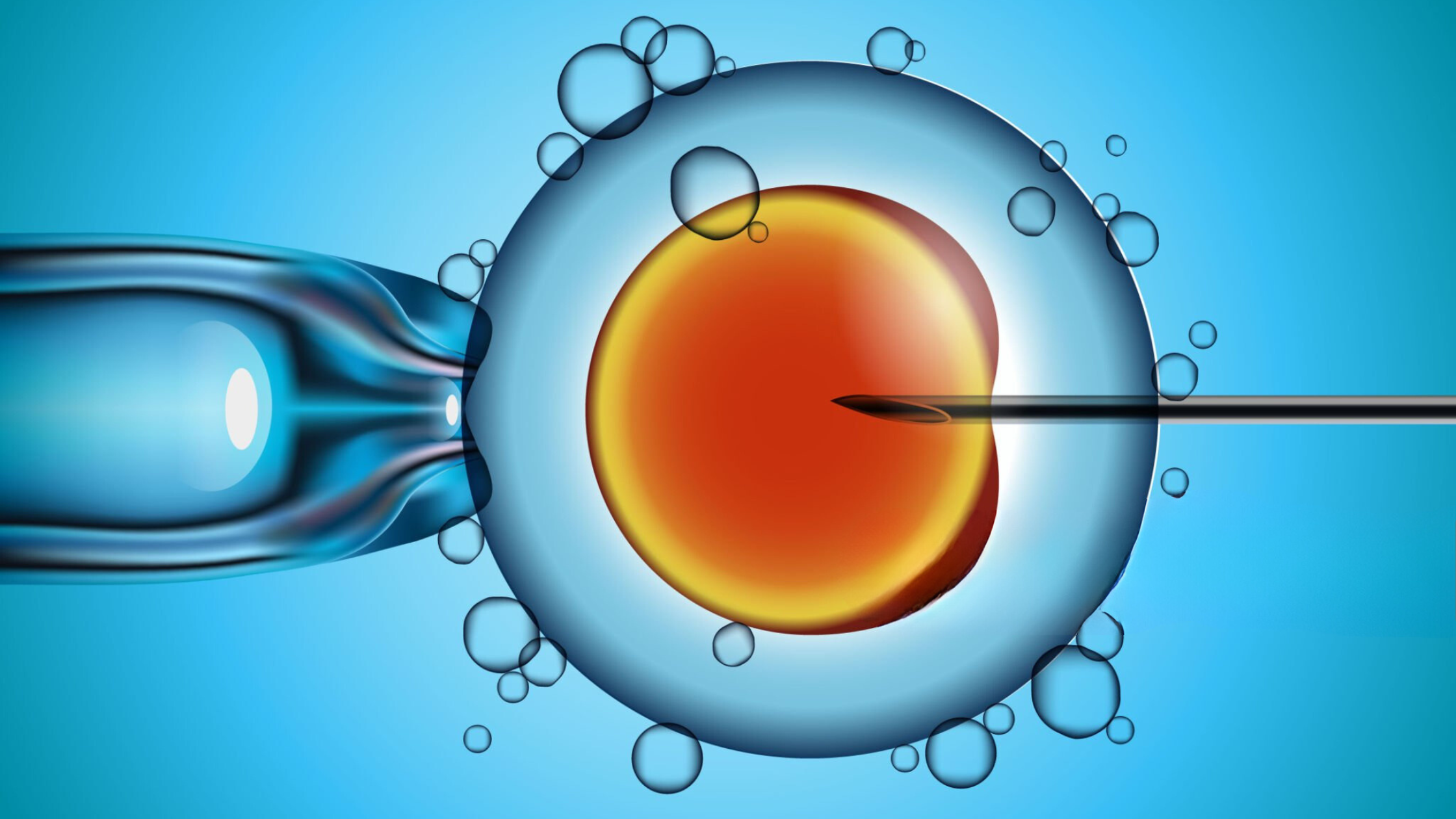For many individuals, the timeline for building a family does not always align with peak fertility years. Whether due to personal goals, career development, education, or medical considerations, the option to preserve fertility through egg freezing provides the opportunity to take control of future family planning.
At Dr. Nidhee Sachdev’s fertility practice in Aliso Viejo, CA, patients receive personalized guidance and expert care through the egg-freezing process. Empowering individuals with knowledge and options is central to our mission of supporting reproductive choice at every stage of life.
What Is Egg Freezing?
Egg freezing, or oocyte cryopreservation, is a fertility preservation technique that involves retrieving a woman’s eggs, freezing them at a mature stage, and storing them for potential future use.
When ready to conceive, the frozen eggs can later be thawed, fertilized through in vitro fertilization (IVF), and transferred into the uterus.
Egg freezing allows individuals to:
- Preserve their fertility potential
- Reduce the impact of age-related decline in egg quality
- Plan for future parenthood on their own timeline
- Safeguard fertility before medical treatments, such as chemotherapy
Who Should Consider Egg Freezing?
Egg freezing is an excellent option for a wide range of individuals, including:
- Women in their 20s and 30s who want to delay childbearing
- Individuals pursuing education or career advancement
- Those without a current partner but wishing to preserve future options
- Patients facing medical treatments that may affect fertility
- Individuals with family histories of early menopause
While there is no universal “right” age to freeze eggs, earlier preservation typically results in higher success rates due to better egg quality.
The Egg Freezing Process: What to Expect
At Dr. Sachdev’s practice in Aliso Viejo, the egg freezing process is carefully personalized for each patient. A typical cycle includes:
- Ovarian stimulation: Hormonal medications are used to stimulate the ovaries to produce multiple mature eggs in a single cycle.
- Monitoring: Ultrasounds performed by Dr. Sachdev and blood tests monitor follicle development to determine the optimal timing for egg retrieval.
- Egg retrieval: A minor outpatient procedure done by Dr. Sachdev under sedation collects mature eggs from the ovaries.
- Vitrification: Retrieved eggs are rapidly frozen using a flash-freezing process known as vitrification, preserving their quality for future use.
- Storage: Frozen eggs are securely stored in specialized cryogenic facilities until they are needed.
The entire process typically takes about two weeks from the start of ovarian stimulation to egg retrieval.
Understanding Success Rates
While egg freezing is a highly effective method of fertility preservation, success is influenced by several factors, primarily:
- Age at the time of egg freezing
- Number of eggs retrieved and frozen
- Overall egg quality
- Fertility health at the time of eventual use
Generally, freezing eggs before the age of 35 offers the highest likelihood of success, though women up to their early 40s can still benefit depending on individual circumstances.
Dr. Sachdev provides detailed counseling on realistic success rates based on personalized assessments, allowing patients to make fully informed decisions.
Emotional Considerations in Fertility Preservation
Egg freezing is not only a medical process but also an emotional journey. Patients may experience a range of feelings, including empowerment, anxiety, relief, or uncertainty. Recognizing and addressing the emotional aspects is an integral part of comprehensive fertility care.
Support services available through our practice include:
- One-on-one counseling sessions
- Access to fertility preservation support groups
- Resources for mindfulness, stress management, and emotional resilience
Dr. Sachdev’s team believes that supporting the emotional well-being of patients is just as important as supporting their reproductive goals.
Financial Considerations for Egg Freezing
While egg freezing represents an investment in future family-building, financial considerations are an important part of the decision-making process. At Dr. Sachdev’s practice, we assist patients with:
- Understanding the costs associated with each stage of egg freezing
- Exploring insurance benefits and fertility preservation coverage
- Providing transparent, detailed pricing information upfront
Fertility preservation should be a choice made with clarity, trust, and complete financial transparency.
Why Choose Dr. Nidhee Sachdev for Egg Freezing in Aliso Viejo, CA
Dr. Nidhee Sachdev is a dual board-certified fertility specialist with extensive experience in advanced reproductive technologies, including fertility preservation. Her approach is centered around personalized, patient-first care, combining the latest scientific advancements with compassionate support.
- Individualized fertility preservation plans tailored to each patient
- Detailed education on success rates and realistic outcomes
- Access to cutting-edge laboratory services for egg vitrification and long-term storage
- Emotional and psychological support throughout the fertility journey
- Conveniently located in Aliso Viejo, CA, serving Orange County and surrounding areas
With a dedication to both clinical excellence and holistic support, Dr. Sachdev provides the knowledge, options, and confidence needed to make empowered fertility decisions.

